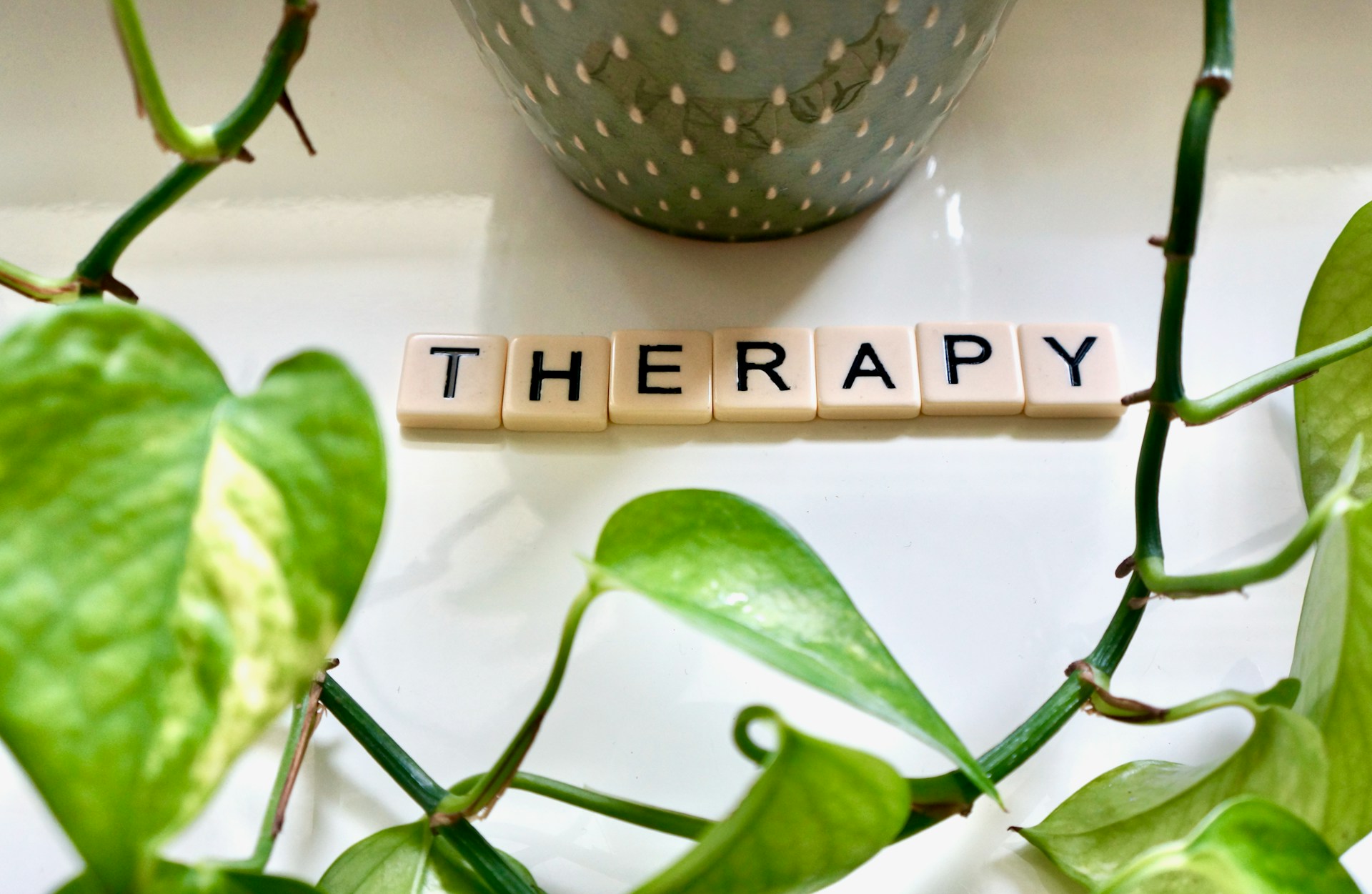Behavioral therapy for children is a treatment that focuses on a child’s actions rather than on their emotions. It is based on the premise that behaviors are learned, and so they can also be changed. Techniques may vary according to the disorder being treated, but the primary emphasis is on promoting desirable behaviors while reducing or eliminating unwanted ones. Primary caregivers and teachers are usually involved in the process as well.
Generally, the earlier the intervention, the more successful the outcome will be. Untreated children with behavioral disorders are likely to grow up to be dysfunctional adults.
Signs Your Child May Need Behavioral Therapy
- Regular irritability
- Defiant behaviors
- Loss of interest in activities they enjoyed
- Intense emotional reactions
- Easily set off by minor triggers
- Temper tantrums
- Difficulty handling frustration
- Sudden change in mood or behavior
- Failure to act their age
- Head banging, hair pulling, or skin picking
- Repeated biting, hitting, or kicking
- Constant fighting
- Disrespect for authority figures
- Lying
- Frequent nightmares
- Anxiety that interferes with normal activities
- Stealing
- Significant changes in sleeping and eating habits
- Excessive worrying or sadness
Types Of Behavioral Therapy for Children
Cognitive behavioral therapy (CBT) Cognitive behavioral therapy is a combination of behavioral therapy, which focuses on patterns of action, and cognitive therapy, which focuses on thought patterns.
Studies have shown it to be an effective form of treatment for many psychological disorders among children and adolescents such as depression, anxiety, post-traumatic stress disorder (PTSD), attention deficit hyperactivity disorder (ADHD), oppositional defiant disorder (ODD), and disruptive behavior.
 The counselor will help your child become aware of his or her thoughts and feelings, evaluate if they are rational or distorted, and learn how to replace them with more positive ones. By discovering new ways of looking at things, the child learns how to respond differently. Techniques such as role-playing are used to teach the child tangible coping skills and help him or her practice alternate ways of handling stressful situations.
The counselor will help your child become aware of his or her thoughts and feelings, evaluate if they are rational or distorted, and learn how to replace them with more positive ones. By discovering new ways of looking at things, the child learns how to respond differently. Techniques such as role-playing are used to teach the child tangible coping skills and help him or her practice alternate ways of handling stressful situations.
Cognitive behavioral play therapy Cognitive behavioral play therapy is commonly used with young children as a way for the child to talk about their experiences and feelings. The therapist is able to gain insight into what they are unable to express verbally by watching them play.
Behavioral therapy for children Behavioral therapy for kids is the most commonly recommended treatment for attention deficit hyperactivity disorder (ADHD). Treatment involves teaching the child how to turn negative, disruptive energy into positive thoughts and actions. Adaptive behaviors that benefit the child’s functioning are rewarded, and negative behaviors are discouraged.
Behavioral classroom management Behavioral classroom management is an especially effective therapy for treating ADHD (attention deficit hyperactivity disorder). The teacher participates in delivering the treatment by supporting the student’s positive behavior in the classroom, circumventing negative behavior, and increasing academic engagement.
Behavioral peer interventions Behavioral peer interventions is a type of therapy often used in school settings, and has been proven to be effective in treating ADHD (attention deficit hyperactivity disorder). The teacher trains the child’s peers to reinforce positive behaviors and academic performance using social and academic support strategies.
Behavioral parent training Behavioral therapy for young children has been shown to be most effective when parents or primary caregivers attend behavioral parent training sessions. They also need to learn how to manage their child’s behavior at home and provide them with the support and feedback they need.
 The counselor shows the parent how to carefully observe his or her child’s behavior at home. Then the counselor teaches the parent skills such as the use of praise, positive attention, and rewards to reinforce the child’s desirable behaviors. The parent will also learn rule-setting, consistency, time-out, and ignoring, to discourage undesirable conduct.
The counselor shows the parent how to carefully observe his or her child’s behavior at home. Then the counselor teaches the parent skills such as the use of praise, positive attention, and rewards to reinforce the child’s desirable behaviors. The parent will also learn rule-setting, consistency, time-out, and ignoring, to discourage undesirable conduct.
Behavioral parent training may also include stress management training to help parents stay calm when they feel frustrated by their child’s acting out.
Modeling Modeling is a cognitive behavior therapy technique that is an effective treatment for anxiety in children and adolescents. The therapist demonstrates a non-fearful response to a negative situation such as standing up to a bully, for example, and encourages the child to imitate it.
Dialectal behavioral therapy (DBT) Dialectal behavioral therapy is an especially effective behavioral therapy for kids who have problems with emotional or behavioral dysregulation, are highly sensitive to emotional stimuli, and who can have intense reactions to seemingly minor incidents.
The counselor will help them learn skills such as emotional regulation, distress tolerance, and mindfulness. Parents are a key component in this form of therapy and must learn skills along with their children, such as how to provide their child with a validating environment in the home that focuses on acceptance and reinforcing modified behaviors.
Do’s and Don’ts for Managing Problem Behavior at Home
Parents can follow these guidelines at home, but be sure to consult with a counselor for help that will fit your unique situation.
Set clear rules with consequences Be specific and make sure your child understands what he or she is supposed to do. Follow through with the consequence if he or she doesn’t obey.
 Be consistent with rewards and consequences Children get confused if you react to their behavior one way one time, and a different way the next.
Be consistent with rewards and consequences Children get confused if you react to their behavior one way one time, and a different way the next.
Don’t delay consequences The more immediate the consequence, the more effective it will be. When the consequence is delayed, the child is less likely to link it to his or her behavior.
Don’t overreact Try to stay calm and move on to something else as soon as it is feasible.
Look for triggers Pick specific behaviors to target, and look for what seems to cause them. Learning what triggers your child enables you to anticipate factors that make a behavior more likely to occur and can be a helpful tool for preventing misbehavior.
Acknowledge the good things When a child’s behavior is difficult, it’s easy to overlook the things he or she does well. Acknowledge the good things by telling him or her how pleased you are, accompanied by a hug or a smile.
Give your child structured choices Giving your child a structured choice such as “Do you want to take a bath before or after dinner?” can help your child feel empowered.
Avoid giving your child negative attention Children value attention. To them, even negative attention is better than none. When you provide negative attention such as yelling or spanking, it can reinforce the bad behavior and cause it to increase over time.
 Reinforce positive behaviors Rewarding your child for good behavior with praise, positive attention, or a special treat will reinforce it and help maintain it.
Reinforce positive behaviors Rewarding your child for good behavior with praise, positive attention, or a special treat will reinforce it and help maintain it.
Don’t hit your child Children learn from example. Smacking may stop them from doing what they’re doing at that moment, but it won’t have a lasting effect. It also sends them a message that it’s okay to hit.
Make your expectations clear Don’t assume your child knows what you expect of him or her. Be clear, and spell it out.
Don’t transition without warning Transitions can be hard for a child, especially if he or she is in the middle of something he or she is enjoying. Preparing the child by giving him or her a countdown gives him or her a chance to adjust and to find a good stopping place for the activity.
Adjust the environment Factors such as hunger, fatigue, and distractions can make it more difficult for children to control their behavior. When it’s homework time, for example, have an established place for your child to do it in, and remove distractions such as electronics and toys.
If you have questions about any of the above concepts, or if you would like to set up an appointment to meet with a faith-based counselor, please feel free to give us a call.
Resources:
Behavior Therapy (Updated November 22, 2020). Society of Clinical Child & Adolescent Psychology, https://effectivechildtherapy.org/therapies/what-is-behavior-therapy/.
Ann Pietrangelo (December 5, 2019). How Is Cognitive Behavioral Therapy (CBT) Different for Kids? Healthline, https://www.healthline.com/health/mental-health/cbt-for-kids.
Photos:
“Buds”, Courtesy of Piron Guillaume, Unsplash.com, CC0 License; “Superhero”, Courtesy of Jessica Rockowitz, Unsplash.com, CC0 License; “Friends”, Courtesy of Kateryna Hliznitsova, Unsplash.com, Unsplash+ License; “Young Band”, Courtesy of Robert Collins, Unsplash.com, CC0 License
- Stacy Davis: Author
Life is not always easy, and we all struggle at times. The good news is that Jesus Christ can take our mess and turn it into something that is beautiful. He can take the hardest moments of our lives and turn them into growth opportunities to experien...
- Kate Motaung: Curator
Kate Motaung is the Senior Writer, Editor, and Content Manager for a multi-state company. She is the author of several books including Letters to Grief, 101 Prayers for Comfort in Difficult Times, and A Place to Land: A Story of Longing and Belonging...
DISCLAIMER: THIS ARTICLE DOES NOT PROVIDE MEDICAL ADVICE
Articles are intended for informational purposes only and do not constitute medical advice; the content is not intended to be a substitute for professional medical advice, diagnosis, or treatment. All opinions expressed by authors and quoted sources are their own and do not necessarily reflect the opinions of the editors, publishers or editorial boards of Stone Oak Christian Counseling. This website does not recommend or endorse any specific tests, physicians, products, procedures, opinions, or other information that may be mentioned on the Site. Reliance on any information provided by this website is solely at your own risk.







